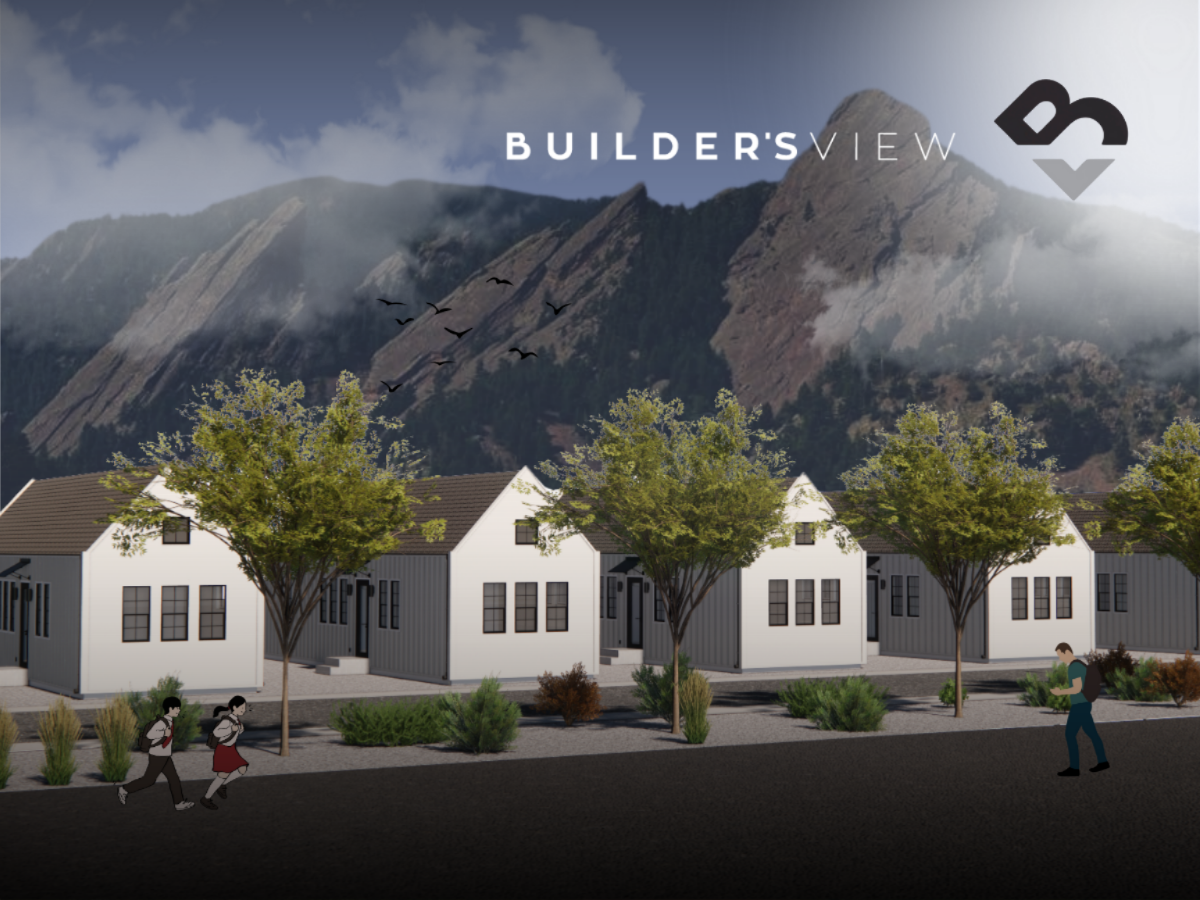When the Old Rules Stop Working, It’s Time to Rebuild the Math
For decades, real estate investors have relied on the 1% Rule — a simple formula that says a rental home should earn monthly rent equal to 1% of its total cost.
If a home costs $200,000, rent should be around $2,000 per month. That benchmark helps investors quickly assess cash flow potential before digging into deeper underwriting.
But in today’s high-cost markets like Western Colorado, that math rarely holds. Land, labor, and materials have all outpaced rent growth — and the 1% Rule, once a reliable shortcut, now breaks down.
At Fort + Home, we’re solving this problem with factory precision. By controlling the build process indoors at our Grand Junction facility, we reduce costs by 20–25% per square foot — restoring financial viability and making attainable housing investable again.
Why the 1% Rule No Longer Works
Traditional homebuilding depends on outdoor job sites, variable crews, and long timelines. Costs rise every month — and weather delays can add weeks or even months to completion.
The result: even efficient projects struggle to reach a 0.8–0.9% rent-to-cost ratio, let alone the traditional 1%.
Most lenders require a DCR of 1.25 or higher, meaning a project must earn 25% more than its annual debt obligations.
Let’s look at an example::
Stick-built home: $275,000 build cost → $1,900 rent → 0.69% rent-to-cost
Factory-built home: $200,000 build cost → $1,900 rent → 0.95% rent-to-cost
The rent is identical — but the precision-built version delivers far stronger returns. The difference is efficiency, not speculation.
Introducing the Rent-to-Cost Ratio
The rent-to-cost ratio replaces the 1% Rule as a smarter, modern benchmark for new construction.
It measures stabilized monthly rent divided by total project cost (hard + soft), showing the true efficiency of a development.
Formula:
Monthly Rent ÷ Total Build Cost = Rent-to-Cost Ratio
For developers and investors, this metric is a clearer reflection of performance — one that can be improved not by raising rents, but by lowering build costs.
And that’s exactly what factory construction achieves.
How Factory Precision Fixes the Math
At our Grand Junction factory, homes are built indoors, protected from weather, and assembled using standardized systems — including Structural Insulated Panels (SIPs) for walls and roofs.
Every cut, seal, and inspection follows the same sequence. Materials stay dry, schedules stay tight, and site work happens in parallel.
The result is a compounding advantage:
- Budget: ~20–25% cost savings from reduced waste and change orders.
- Schedule: Timelines cut ~50%, reducing carrying costs and accelerating lease-up.
- Quality: Tighter envelopes, fewer callbacks, longer asset durability.
Lower basis, shorter carry, higher yield — without rent hikes or compromises on quality
From Single Homes to Scalable Communities
Precision at the unit level scales to the community level.
A 1,000-square-foot home that costs $200,000 to build and rents for $1,900 achieves a 0.95% rent-to-cost ratio. Multiply that by 50 homes, and the $75,000 per-unit savings equates to $3.75 million in capital efficiency.
That difference can fund new phases, reduce investor risk, or improve affordability for buyers and renters.
In other words — the math works again.
Resilience Through Market Cycles
In volatile markets, resilience matters as much as return.
- If rents drop 5%, lower-cost projects remain cash-flow positive longer.
- If rents rise 5%, a lower basis captures more upside per rent dollar.
This cost discipline makes projects bankable across cycles, appealing to lenders, investors, and local partners alike.
Why This Model Works in the Rockies
Most builders in the Rockies have just five to six months of workable weather before snow and cold halt progress. Miss that window, and you lose an entire year of rent.
Our factory model eliminates that risk. Homes are built indoors while site crews prepare foundations. When the site is ready, the home is shipped, craned, and installed in days — not months.
From our Grand Junction hub, we can deliver to Aspen, Vail, Steamboat Springs, Telluride, and Durango — efficiently, predictably, and at scale.
For Colorado’s mountain markets, this isn’t just an advantage — it’s a necessity.
Sustainability That Strengthens Returns
Factory-built homes aren’t just cheaper to produce — they’re built to perform.
- Up to 90% less jobsite waste
- ~35% lower embodied carbon
- 20–30% better energy efficiency
These homes use SIP systems to create tight, energy-efficient envelopes that save tenants $150–200 per month in utilities, translating to an additional $1,800+ NOI per year.
That means stronger returns for investors, lower costs for residents, and a lighter footprint for the planet.
Building the Future of Financeable Housing
The 1% Rule may have guided the last generation of investors — but the rent-to-cost ratio defines the next.
Fort + Home’s factory-built model proves that by controlling costs, timelines, and quality, we can make housing both attainable and investable.
Our mission is simple: build homes that pencil — for families, communities, and investors.
We’re not speculating on the future of housing.
We’re building it, every day, in Grand Junction.
Join Us on the Journey
If you’re a developer, investor, or professional passionate about building smarter housing in the Rockies — let’s connect.
Together, we can build homes that are affordable, investable, and sustainable — for the families that make Colorado thriv





